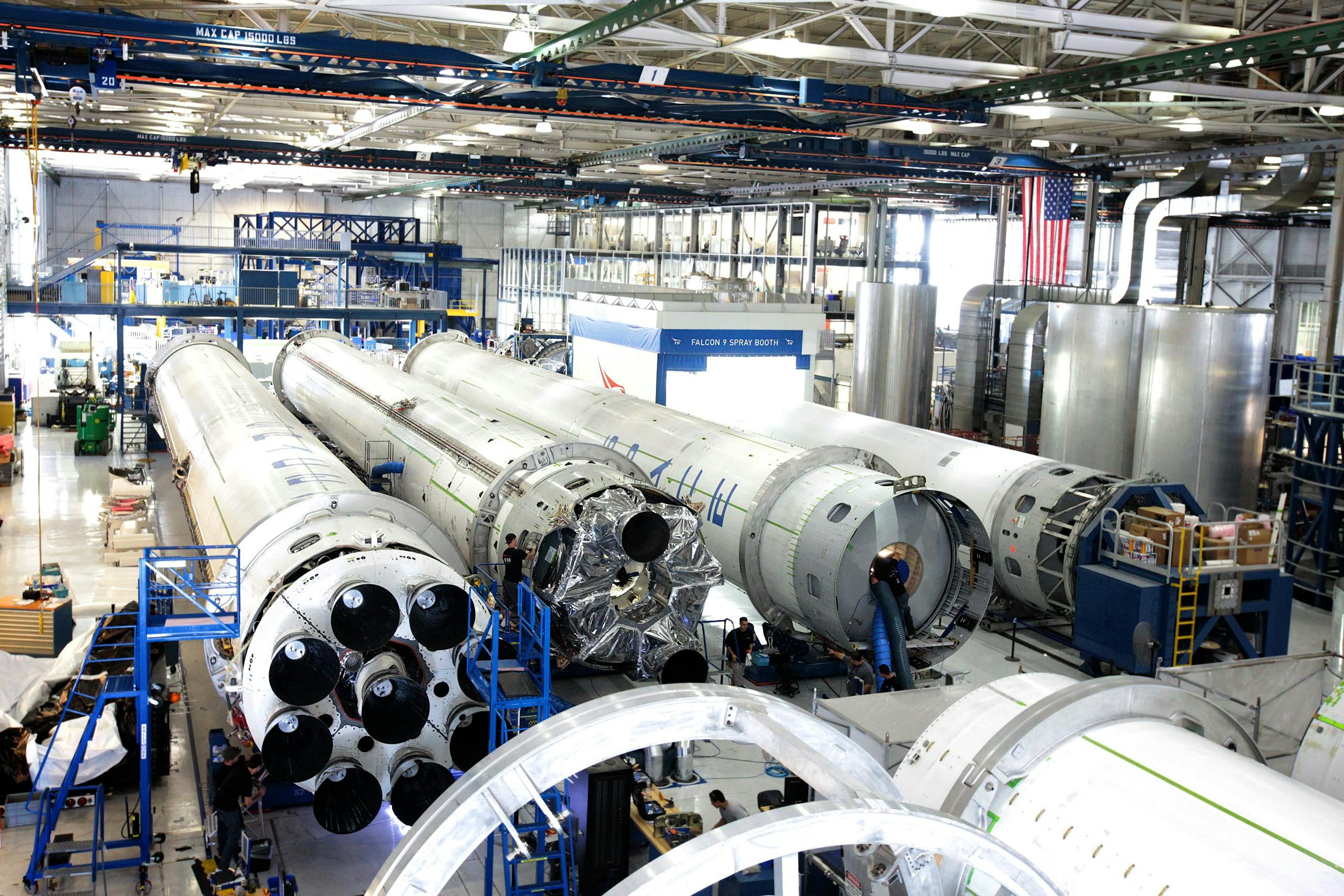Advice for young engineers: Take advantage of advances in green technology.
I am often asked for advice for young engineers starting their careers, and my answer is always “use green technology as a driving force.” This field is experiencing rapid growth, and it offers many opportunities to play a part in creating a sustainable future, making it a very stimulating environment for young people. Choosing a career is the first and most difficult decision we face. How will the field you choose change? What will the world be like in a few years? How will you adapt and grow there? Because the future is unpredictable right in front of you.
In my situation, choosing a career was made easy by my father’s friend, who is a civil engineer. I’d never ever considered becoming an engineer, let alone met one. He informed me that having an engineering degree bestows upon you abilities such as critical thinking and problem solving that are applicable to any sector. I fell in love with engineering after he told me that I could achieve anything.

The energy industry has changed significantly since I started working in it fifteen years ago, but I have repeatedly found that what he said is true: even though the industry has changed significantly and I have moved to different energy sectors, my early acquisition of analytical skills has helped me adjust to each new setting.
Equipped with a diligently acquired engineering degree, I commenced my career in the coal industry, immersing myself in the local communities and addressing the intricate problems associated with coal-fired power plants. I joined the natural gas bandwagon when the shale boom happened. Then, as the world moved toward sustainable energy, I worked on solar projects and studied various types of energy storage. The pursuit of net-zero emissions has quickened these days, and sustainability concerns are at the top of the priority list for our sector.
You’ll soon see that, thanks to the green tech revolution, if you’re thinking about a career in energy or are wanting to get started, this is the ideal time to do it. The next generation of engineers will work in a field that is rife with innovation, spearheading initiatives like the development of novel hydrogen solutions and decarbonization initiatives. It’s a chance to significantly influence society overall as well as energy.
How can you take use of this chance? Here are three suggestions.
1-Choose your own path for the future; don’t get too caught up in your degree. Don’t let your initial profession choice—mechanical, electrical, chemical, or any other—limit your options for a subsequent career. To reach your objectives, keep an open mind and be willing to alter directions.
2-Engineering is more than just problem-solving. Economics is also at play here. While engineers are trained to solve issues in various ways in school, they are not taught how to accomplish the most good for the least amount of money. Even if an excellent proposal is rejected if it is not cost-effective, taking into account the environmental cost.
3. Recognize that new technologies must be acceptable and relevant in terms of politics and society. Recognize the social implications of technology. For instance, engineers must find a way to combine affordability, dependability, and environmental impact while designing a solution that is environmentally harmful.
The upcoming energy shift depends heavily on the strength of the next generation of engineers. The energy sector is currently demonstrating the veracity of the proverb “anything is possible,” which is what first motivated me to pursue a career in engineering.
Even though decarbonization has been discussed since before I even put on a helmet, we haven’t made much progress until recently. A hydrogen economy was still merely a pipe dream, and we are still a long way from becoming a reality.
The upcoming energy shift depends heavily on the strength of the next generation of engineers. The energy sector is currently demonstrating the veracity of the proverb “anything is possible,” which is what first motivated me to pursue a career in engineering.
Even though decarbonization has been discussed since before I even put on a helmet, we haven’t made much progress until recently. A hydrogen economy was still merely a pipe dream, and we are still a long way from becoming a reality.

As a member of the next generation of engineers, you have the opportunity to contribute to the significant transformation that green technology is bringing about in our world. There will be numerous challenges to overcome, therefore it won’t be simple. However, there are huge benefits, and the ecosystem of the world is in jeopardy.
Promoting green technology
To address climate change, we need to move quickly and strategically. Global investment is required, not just money from individual investors. Our future will be transformed by breakthrough green technologies that we can quickly and efficiently progress by combining private resources, institutional funds, and local government investment.
One example is the invention known as “green steel,” which reduces iron ore using hydrogen rather than coal. Approximately 8% of the world’s greenhouse gas emissions come from the traditional steel industry, which uses coal for production [2]. However, a number of alternative technologies are presently being explored. The Swedish HYBRIT project, which aims to create a hydrogen-based steelmaking process, is among the most advanced initiatives. The world’s first steel manufactured without the use of fossil fuels was created in August 2021 [3] and delivered to the massive Swedish commercial vehicle company Volvo Group after testing of a pilot plant commenced in the summer of 2020.
The steel is being used by the Volvo Group to produce prototype automobiles and parts. With further development, the technology is expected to reach full commercialization in 2026. [4] Other steel businesses, such as a German-designed demonstration facility, are gradually transitioning to hydrogen-based steelmaking technology.
Taking a long-term view
While the green energy industry holds great promise for preventing global warming, its realization will take time. Making a steady profit is quite hard, no matter how much you talk about the business’s future potential and importance. As a result, persuading shareholders and investors who are seeking for rapid gains is difficult.
Here, private investors have an advantage over the government, Wall Street, and other public corporations. Being self-funded gives private equity, especially family-owned private equity, greater flexibility to define their investment objectives, which leads to a more “open-minded” approach to investing. This implies that they can afford to support green technologies that show promise over the long run because they are well aware that the enormous profits that would result from these advancements will make the waiting period worthwhile.
One excellent illustration of the influence of private money is the electric automobile. At their inception, the majority of notable firms that have spearheaded the electric vehicle industry through innovative disruptions, like Tesla, Polestar, Lucid Motors, and NIO, received substantial funding from private investors. As these creative businesses made their names for themselves on the international scene, private money also benefited greatly from them.

To spur innovation in green energy, it is equally critical to fund R&D and invest in venture and start-up businesses. According to McKinsey, by 2050, developed climate change technologies will contribute roughly 60% of the reduction of carbon emissions and stabilisation of the climate, with 40% coming from emerging and growing technologies.
When it comes to renewable energy, developing nations now trail considerably behind developed ones. The International Energy Agency (IEA) reports that governments in emerging markets now only allocate a tenth of what wealthy nations do to renewable energy. [8] But emerging nations also benefit from less entrenched interests, legacy infrastructure, and complicated bureaucracy than developed nations when it comes to economic progress. This implies that the moment is ripe for investors (private equity and governments), inventors, and visionary leaders to alter the path of history.
The latest technology to create new energy
How to shift the energy balance to include more clean energy sources is a significant obstacle in the path towards a more sustainable future. The three primary renewable energy sources available today are hydropower, wind, and solar. In the last 20 years, wind capacity has grown 75-fold [10] and is still growing quickly, as an article in Abdul Latif Jameel Perspectives noted. Solar capacity has also increased. We are happy to see that Abdul Latif Jameel’s renewable energy subsidiary, Fotowatio Renewable Ventures (FRIV), is collaborating with other businesses to spearhead the world’s shift to renewable energy.
It is also true, though, that the current generation of renewable energy sources is insufficient to supply the world’s energy needs. In order to make up for the deficit, new power sources must be developed. Hydrogen has the potential to develop into a new form of energy, as was previously indicated. Nuclear fusion energy is an additional choice.

Aiming for a prosperous future
It is not hyperbole to argue that the success of green technologies will determine the fate of all life on Earth. However, many businesses, investors, and governments are still mired in the carbon-centric mindset of the past, oblivious to the grave issues confronting humanity or unwilling to adopt the kind of thinking that will allow for the development of long-term, all-encompassing solutions.
The advantages to humanity would be enormous if we could get over this narrow-minded mindset.
Of course, there are also financial advantages. For investors and entrepreneurs who can see the wider picture and have the guts to invest in the cutting-edge technology we require, especially in emerging nations, there are enormous rewards in store. In addition to increased government and private equity investment, perhaps more privately held families will come forward to fundraise for a more wealthy future, just like the Jameel family did.





